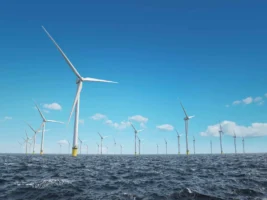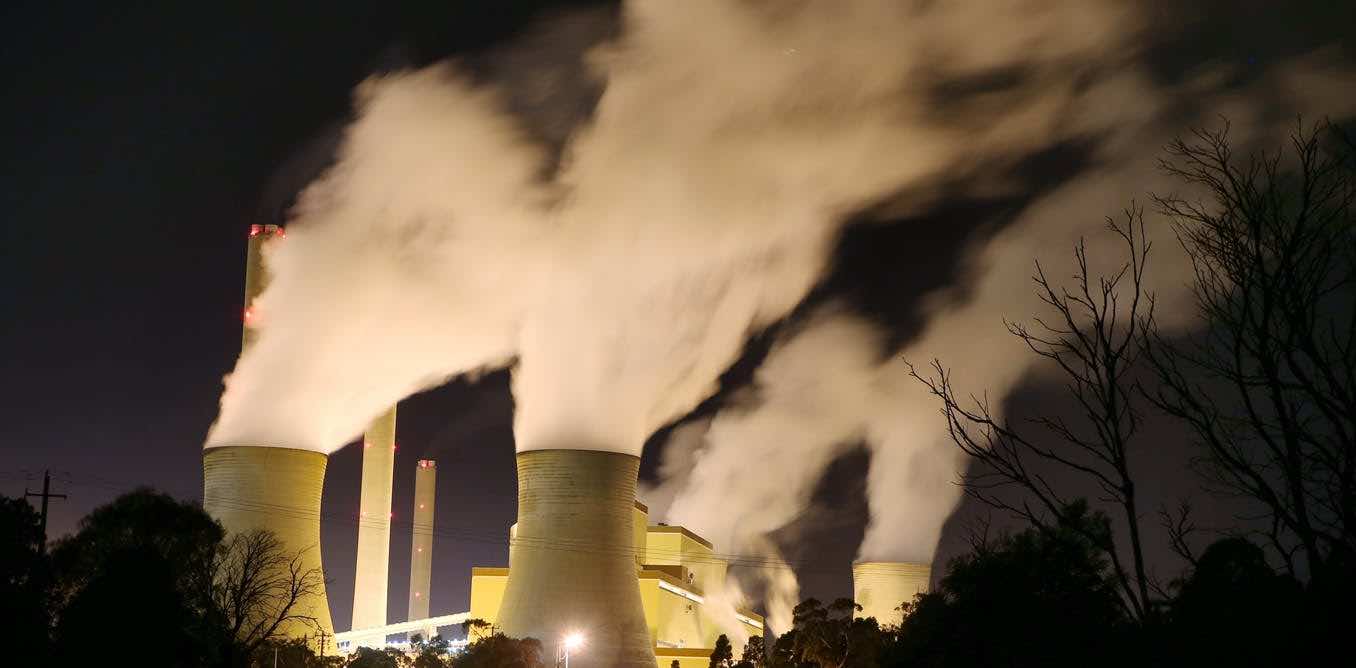AGL Energy, Australia’s biggest coal generation company, said on Wednesday there would be no change in strategic direction following the abrupt, and still unexplained departure of CEO Andy Vesey, and said its announced coal closures were not about ideology, but an operational decision.
“The most common question I have been asked is whether I anticipate a change in strategic direction for AGL,” acting CEO Brett Redman said in a speech to the annual general meeting, in his first public appearance since his appointment just over a month ago. “My answer, in a word, is no.”
“For several years we have referred to two strategic imperatives that drive AGL’s decision-making. They are: to prosper in a carbon-constrained future, and to build customer advocacy.
“We define these things as “imperatives” because, frankly, we know we have to respond to them or be left behind. We must meet changes in technology. And we must meet and try to exceed customer and community expectations.”
Still, Redman and chairman Graeme Hunt, who spoke before him, acknowledged the fine line that AGL is treading, between making record profits out of its coal generators in the Latrobe Valley and the Hunter valley, which still account for more than 80 per cent of its generation, and embracing the future.
That transition has most notably been felt in its decision, announced in 2015, to close the ageing and increasingly decrepit Liddell coal generator, a decision that has become a lightning rod in the ideological rhetoric between the federal Coalition government and the energy industry.
Noticeably, neither Redman nor Hunt mentioned Liddell by name.
But Redman said this:
“The question of closure dates is an operational one: of ensuring ageing coal plants are retired responsibly and safely as we work through transition. It is not a question of ideology on our part.
“Far from it. And neither is the need to address our carbon exposure more generally. It is a question of prudent and pragmatic risk management, working alongside all stakeholders, to deliver a sustainable and responsible transition in which the power sector continues both to enable and to participate in Australia’s future prosperity.”
But the failure to mention Liddell by name is perhaps because AGL seeks to gain something from new energy minister Angus Taylor that it has not been able to achieve before, despite years of lobbying, the introduction of so-called “capacity” payments.
Taylor has made much of his desire to stop coal plant closures, to underwrite the construction of new “fair dinkum” baseload, or to support the upgrade of existing plants. AGL seems to be suggesting the most effective thing he can do to keep coal plants on line and profitable is to introduce capacity market.
“The question of how to provide the back-up capacity in the system for when wind and solar generation is not available – known in the industry as “firming capacity” – is, in my opinion, such a key component of making energy more affordable for all,” Redman said.
“Simply put, an electricity market that only pays generators for the energy they sell requires periods of extreme high prices to provide a return on new investment.
“That’s because firming plant costs a lot to build but isn’t required to generate electricity much of the time. Yet this price volatility – to the extent that it affects prices for customers – is an understandable cause for concern.
“We believe the solution is a long-term capacity market that rewards generators for providing back-up capacity, removes the requirement for high prices and provides stability for new investment to deliver lower prices.”
Capacity markets are, however, controversial. In Western Australia, they are used but are seen as farcical because of the added costs imposed on consumers for plants that are built but never used.
Most analysts support more sophisticated proposals that don’t just act as a subsidy for coal generation, but also encourage other forms of technology such as battery storage and other storage, and older but often ignored technologies such as demand management and energy efficiency.
AGL, like other big energy companies, has fought furiously against many of these proposals. And while it has outlined a proposed investment to replace Liddell with “cheaper” alternatives such as a mixture of solar, storage, demand management and gas upgrades, it is also keen on coal.
“There is no question in my mind that its continued responsible operation will be fundamental to Australia’s energy system, at least in the medium term,” Redman said. (AGL intends to keep operating the huge Loy Yang A brown coal generator until 2048).
“But as Australia’s largest emitter of carbon, we have an obligation to our shareholders and other financial counter-parties, in a responsible and measured way, to manage their exposure to carbon risk.”
Hunt earlier gave no explanation for the sudden departure of Vesey, which occurred on the same day as Malcolm Turnbull lost his job as prime minister and was replaced by Scott Morrison, the former Treasurer who proudly waved a lump of coal around parliament and whose chief of staff if the former deputy CEO of the Minerals Council.
“Andy made a significant contribution during his years leading AGL and in particular has driven our transformation agenda,” Hunt said. “He leaves the company in a strong financial position ready to meet the current industry challenges as well as take on the future opportunities.”
Hunt said the board is “well progressed” with the next stages of a domestic and international search to find a new CEO, and expects to make an announcement before the end of the year.
Related Topics
Articles for you









